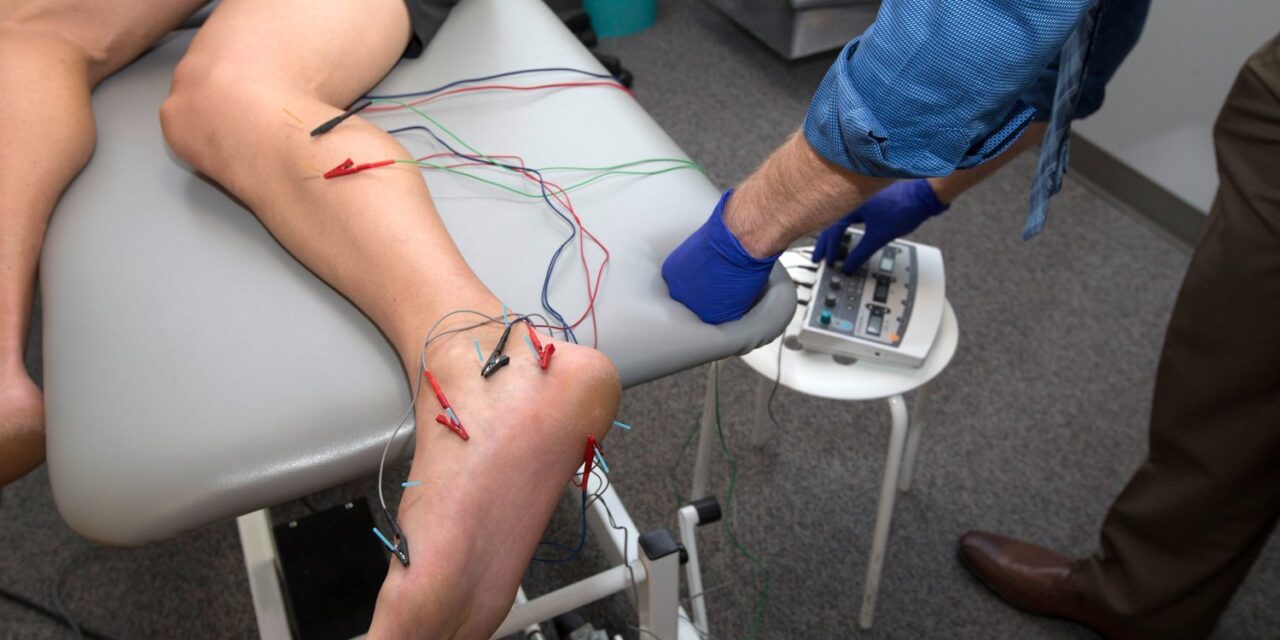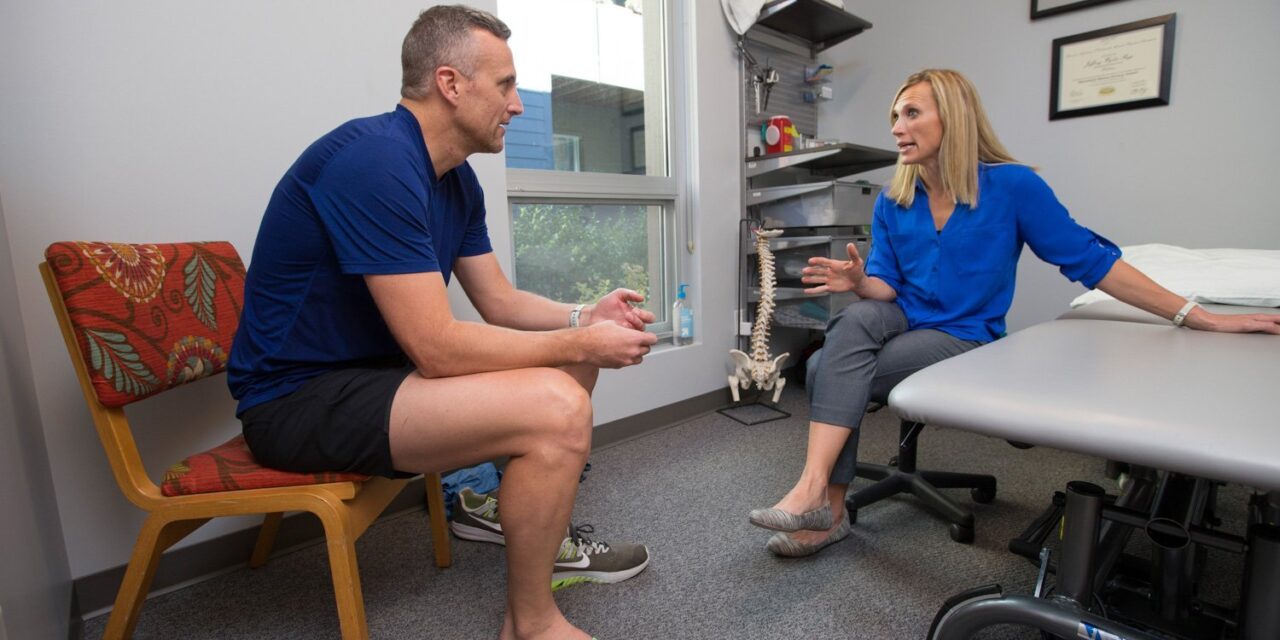Researchers estimate 1 in 5 adults will drop out of an exercise program. Time remains the most common reason for drop outs, but many participants state lack of improvement. This frustration is understandable given the individual’s commitment of time, energy, and money toward their health and fitness goals. The reasons for lack of improvement are...
Why Are Running Injuries So Prevalent?
October 17, 2022
Runners and endurance athletes are one of most common patients we treat in our Boulder Physical Therapy and Lafayette Physical Therapy clinics. A 2019 article by Damsted, Parner, et al. examined the relationship between running injuries and changes in weekly running distance for the recreational runner. It its now understood that running related injuries are...
Dry needling is an intervention commonly utilized by our Boulder Physical Therapy and Lafayette Physical Therapy clinicians to treat muscle pain and tightness secondary to trigger points or taut bands of muscular tissue. Authors continue to research what causes trigger points and why they cause symptoms. Current evidence describes abnormal circulation as the taut muscle...
5 Easy Ways To Reduce Chronic Pain
October 17, 2022
Chronic or persistent pain is defined by pain that extends beyond 12 weeks or the normal healing time for a given injury/diagnosis despite treatment. Our medical system does a great job treating new or acute pain, but has struggled to be as effective with patients dealing with chronic pain. It is estimated 1 in 4...
Dry needling is a common treatment intervention provided by Physical Therapists in our Boulder and Lafayette Physical Therapy clinics. When combined with other interventions, including manual therapy and exercise, dry needling can be an effective method to treat sources of myofascial or muscular pain. Dry needling can be performed with or without electrical stimulation. Previous...
Does A Physical Therapists Patient Education Impact Muscle Soreness After Dry Needling?
October 10, 2022
Dry needling is a common treatment intervention utilized in our Boulder Physical Therapy and Lafayette Physical Therapy offices. Evidence supports its utilization of dry needling treatment of myofascial pain (muscular) which can be the sole or contributing source of a patient’s current symptoms. A common, mild side effect of the treatment is post needling soreness...
Our brains create a remarkable and close to non stop dialogue in our heads throughout the day. Often this inner voice can be heard remembering or replaying prior events, as well as, contemplating future events. This voice has remarkable abilities that help separate from the rest of the animal kingdom. Researchers call this inner voice,...
Stress management is a critical skill for any individual including patients in our Boulder and Lafayette Physical Therapy practices. Stress falls into a if not when category and when it impact our daily lives we need to look for constructive outlets. Common stress management strategies include talking to a friend/family member, exercise, sleep, journaling/prayer, and...
Improving Obesity and Heart Health With A Plant Based Diet
September 28, 2022
Nutrition is a key component of health and recovery from injury and disease. Due to strong evidence on this link health care practitioners, including Physical Therapists, are being to prescribe adequate portions of fruits and vegetables in patients diets. In a previous blog post we described the beneficial effects of a lower processed diet compared...
Improving Pain, Inflammation, and Tissue Healing With Adequate Sleep
September 28, 2022
In our Boulder and Lafayette Physical Therapy practices, in addition to the injured tissue(s), we examine the total health behaviors of the patient. Healthy behaviors such as a healthy diet, habitual exercise, and adequate sleep are important allies in the fight against pain, inflammation, and injury. Sleep researchers continue to study the effects of both...









